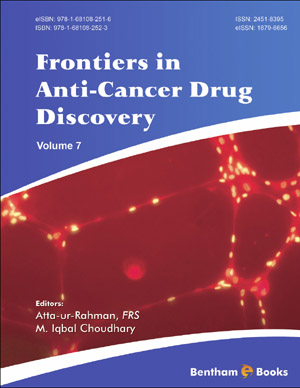Abstract
Hormone receptor (HR) positive breast cancers (BCs) represent the vast majority of BCs with estrogen receptor (ER)+ and/or progesterone receptor+ BCs comprising the vast majority of all cases. Tamoxifen (Tx) is a selective estrogen receptor modulator that is mainly indicated for premenopausal women with HR+ BCs (as monotherapy), resulting in a significant reduction of BC mortality. The "classical" duration of Tx therapy was 5 years. However, the results of recent trials indicate that 10 years of adjuvant Tx reduces further BC mortality. In premenopausal women, available data suggest that ovarian suppression provides no additional benefits for women treated with adjuvant Tx with the exception of women who are at sufficient risk for recurrence to warrant adjuvant chemotherapy and who remain premenopausal. Aromatase inhibitors (AIs)-anastrozole, exemestane and letrozole-have become a useful adjuvant therapy in the management of postmenopausal patients with HR+ BCs, which proved superior to Tx. Recent guidelines recommend a 5-year course of AIs, administered as initial monotherapy or after Tx, for postmenopausal women with HR+ early BCs. In premenopausal women, it is not appropriate to administer AIs as monotherapy because the low levels of estrogen could stimulate hypothalamos-pituitary axis which could trigger the ovaries for estrogen production. Taking into account the superiority of AIs to Tx, a logical hypothesis was to use AIs in premenopausal women after inducing a menopausal status with GnRH analogues. However, the use of AIs is not generalized in premenopausal women (where Tx is beneficial) but only in high risk cases (women ≤35 years old, and/or large tumor, high tumor grade, involved lymph nodes, lymphovascular invasion, high recurrence score), where exemestane proved beneficial.
Keywords: Adjuvant endocrine therapy, Anastrozole, Aromatase inhibitors, Early breast cancer, Exemestane, GnRH analogues, Letrozole, Tamoxifen.






















